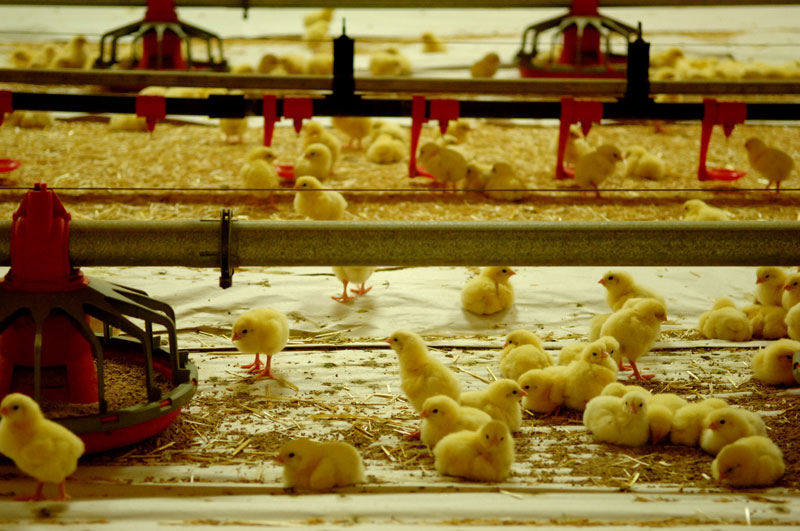Results from two recently completed Poultry CRC projects are adding to the growing body of knowledge that is helping the Australian poultry industry adjust its nutritional management practices in line with economic and consumer based pressures.
Through its research program focussed on nutrition and gut physiology, the Poultry CRC has been aiming to enhance the quality and productivity of poultry through novel approaches to the processes and functions of the chicken’s gastrointestinal tract and the birds’ metabolic use of nutrients absorbed from feed.
According to the Poultry CRC’s Commercialisation Manager, Lloyd Thomson, the idea behind these objectives was to help industry deal with the challenges presented by changes in the availability of traditional feed ingredients, shifting consumer perceptions and competition from imported poultry products.
“Given the rising impact of demand for grain to make ethanol,” said Lloyd, “consumer concerns about carbon-footprints and the threat of imports, these aims from 2003 are now extremely relevant in 2008.”
In Project 03-04, the CRC examined how controlling the birds’ diet directly after hatching might influence the health of the bird throughout its life, with positive impacts on growth for broilers or egg production for layers.
“The results are encouraging,” said Lloyd. “We’ve learnt that certain native plant extracts could favour beneficial lactic acid bacteria while reducing the numbers of potentially dangerous microbes. We’ve also extended our understanding of how milling can affect the nutritive value of wheat and sorghum; essential knowledge for the Australian poultry industry.”
In project 05-03, CRC researchers looked at how plant extracts from the waste-streams of established plant industries (such as olive oil extraction) might also control dangerous bacteria in the gut.
“While the project has not led directly to a product for immediate use,” said Lloyd, “it has generated some insights which may lead to useful, and easily available, plant-based products in the future.”
“With the completion of these projects, we’re moving closer to establishing Program 1’s aim of an improved management regime with reduced reliance on antibiotics. While none of this is earth-shattering, it does represent steady, forward movement towards handling consumer concerns about providing ‘clean and green’ chicken meat and eggs. There will never be a ‘perfect’ system for poultry production. However, we can aim to balance the competing forces and interests to achieve a sustainable and profitable poultry industry for Australia.”


